Corrosion is a natural process that occurs when metal reacts with its environment, leading to the degradation of its structure and performance. Rusting, specifically, is a type of corrosion that affects iron and steel, causing it to degrade and weaken over time. This can have serious consequences for the longevity and safety of structures and equipment made of these metals.
In order to mitigate the effects of corrosion and rusting, it’s important to understand the causes and conditions that lead to it. The presence of moisture and oxygen in the environment, for example, can greatly accelerate the process. Other factors such as the composition of the metal, the presence of salts and acids, and the temperature and humidity of the surrounding environment can also play a role.
Preventative measures can be taken to slow down the process of corrosion and rusting. This can include applying protective coatings or inhibitors to the metal, controlling the environmental conditions, and using corrosion-resistant alloys in construction. Regular maintenance and inspection can also help to identify and address potential issues before they cause significant damage. By understanding and managing the factors that contribute to corrosion and rusting, it’s possible to extend the lifespan and improve the performance of metal structures and equipment.
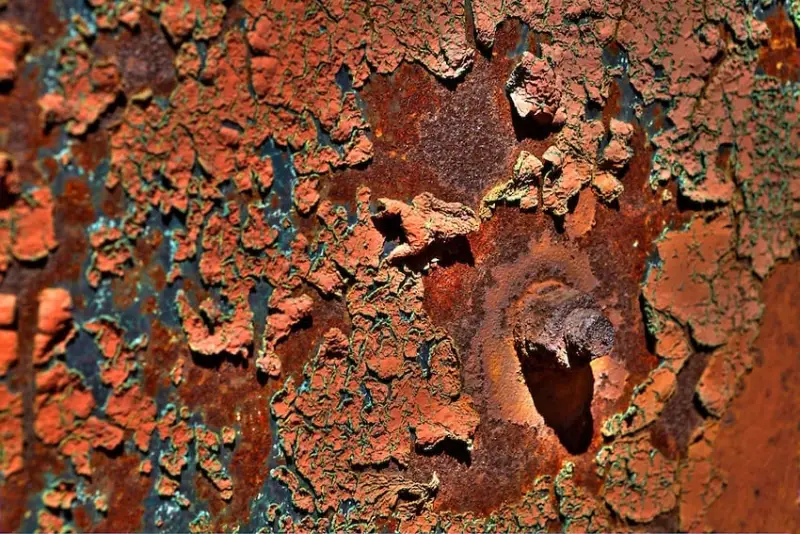
Corrosion And Rusting Overview
First off, let’s talk about corrosion. When metal reacts with its environment, it can start to break down and weaken, and this is what we call corrosion. It can happen to any type of metal, and it can be caused by a variety of factors, like moisture, oxygen, salts, acids, and temperature. But, here’s the thing – it’s not all bad news! By understanding and controlling these factors, we can slow down the process of corrosion and extend the life of metal structures and equipment.
Now, let’s talk about rusting. Rusting is a specific type of corrosion that affects iron and steel. It’s caused by the reaction of iron with water and oxygen, and it leads to the formation of iron oxide, or rust. But, again, it’s not all bad news! There are ways to slow down the process of rusting, and even prevent it altogether. For example, you can use corrosion-resistant alloys in construction, apply protective coatings to the metal, and control the environmental conditions.
And here’s the best part – there are so many exciting products, methods, and materials available to help us mitigate the effects of corrosion and rusting! For example, there are inhibitors that can be added to metal to slow down the process of corrosion. There are also coatings and treatments that can protect metal from rusting, like zinc coatings and galvanizing. And there are new alloys being developed all the time that are more resistant to corrosion and rusting.
I just love how this field is always advancing, and how there are always new ways to protect metal from the effects of corrosion and rusting. It’s such a fascinating and important area of study, and I’m so grateful to be a part of it!
Ingredients for Corrosion And Rusting Comparison Table
Ingredients for Corrosion:
- Metal: Any type of metal can corrode, including iron, steel, aluminum, copper, and more.
- Environment: The environment that the metal is exposed to can greatly affect its rate of corrosion. Factors such as temperature, humidity, and the presence of salts, acids, and other pollutants can all contribute to corrosion.
- Conditions: The conditions that the metal is subjected to can also play a role in corrosion. For example, the presence of moisture and oxygen can greatly accelerate the process.
Ingredients for Rusting:
- Iron or Steel: Rusting only affects iron and steel, not other types of metal.
- Water: Water is a key ingredient in the rusting process, as it reacts with iron to form iron oxide.
- Oxygen: Oxygen is also necessary for rusting, as it reacts with the water to form hydroxide ions.
| Corrosion | Rusting | |
|---|---|---|
| Affected Metals | Any type of metal | Iron and Steel |
| Environment | Can be affected by temperature, humidity, and pollutants | No specific environmental requirements |
| Conditions | Can be accelerated by the presence of moisture and oxygen | Requires the presence of water and oxygen |
As you can see, while both corrosion and rusting are similar in that they involve the degradation of metal, there are some key differences between the two processes. Rusting is a specific type of corrosion that only affects iron and steel, while any type of metal can corrode. The environment and conditions required for rusting are also more specific than those required for corrosion in general.
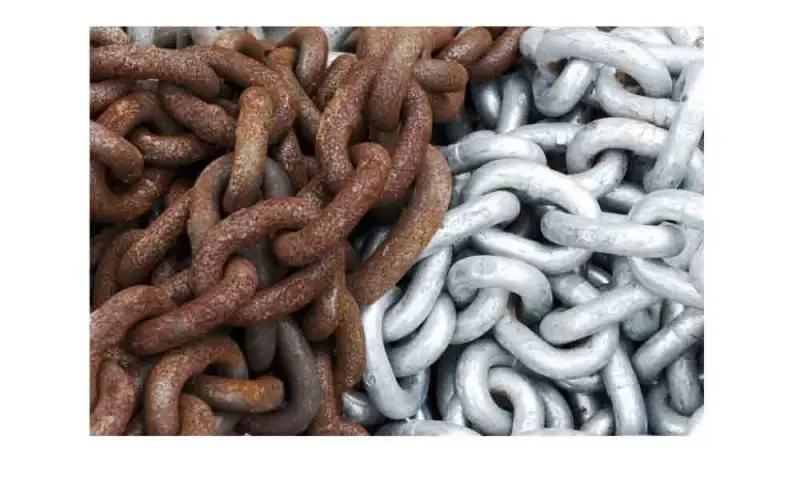
Equipment to Work With Corrosion and Rusting
| Equipment | Description |
|---|---|
| Protective Coatings | Coatings that can be applied to metal to protect it from corrosion and rusting, such as zinc coatings and galvanizing. |
| Corrosion Inhibitors | Chemicals that can be added to metal to slow down the process of corrosion, such as inhibitors that can be added to cooling water systems. |
| Environmental Control Equipment | Equipment used to control the environmental conditions surrounding metal, such as dehumidifiers and air conditioning systems. |
| Testing Equipment | Equipment used to test for the presence of corrosion and rust, such as corrosion coupons, potentiostats, and electrochemical impedance spectroscopy (EIS) systems. |
| Maintenance Equipment | Equipment used for regular maintenance and inspection of metal structures and equipment, such as power tools, hand tools, and inspection cameras. |
| Corrosion-Resistant Alloys | Alloys that are specifically designed to be resistant to corrosion and rusting, such as stainless steel and aluminum bronzes. |
F.A.Q.
What is corrosion?
Corrosion is the degradation of metal due to chemical reactions with the environment.
What causes corrosion?
Corrosion is caused by the interaction of metal with environmental factors such as moisture, oxygen, salts, and other pollutants.
What is rusting?
Rusting is a specific type of corrosion that affects iron and steel, resulting in the formation of iron oxide.
What are the differences between corrosion and rusting?
Rusting is a type of corrosion that specifically affects iron and steel, while any type of metal can corrode. Rusting requires the presence of water and oxygen, while corrosion can occur under a wider range of conditions.
How can corrosion and rusting be prevented?
Corrosion and rusting can be prevented through the use of protective coatings, corrosion inhibitors, and by controlling the environmental conditions surrounding metal.
How can I test for corrosion and rusting?
Corrosion and rusting can be tested through the use of corrosion coupons, potentiostats, and electrochemical impedance spectroscopy (EIS) systems.
What are some examples of corrosion-resistant alloys?
Examples of corrosion-resistant alloys include stainless steel and aluminum bronzes.
What is the impact of corrosion and rusting on metal structures and equipment?
Corrosion and rusting can cause significant damage to metal structures and equipment, leading to reduced performance, increased maintenance costs, and potential safety hazards.
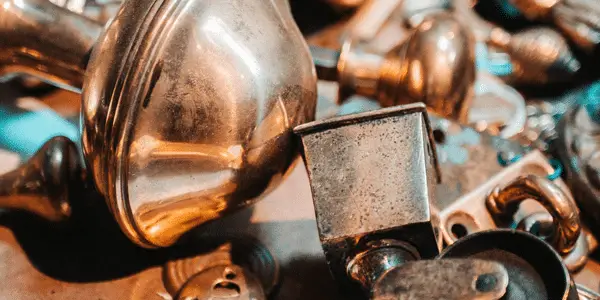
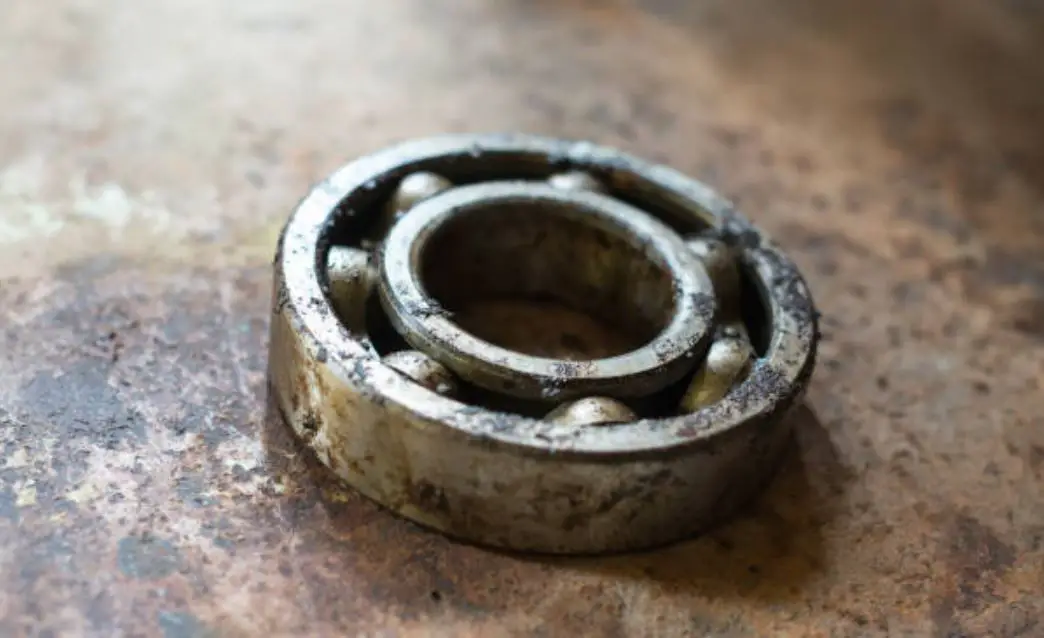
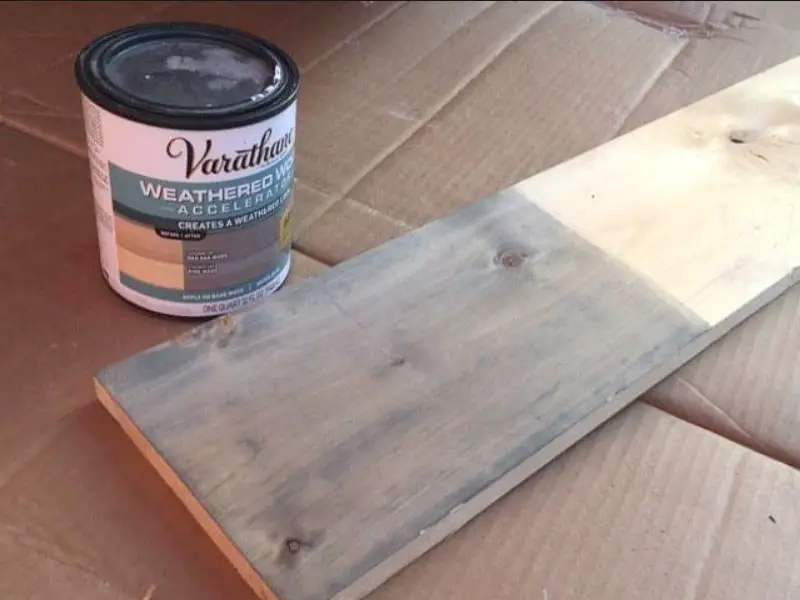
I like that you talked about how corrosion is caused by the interaction of the metal with environmental factors such as moisture, oxygen, salts, and other pollutants. I was watching an educational program with my son earlier and it talked about how corrosion happens. I heard before that there are also corrosion testing kits now, which is interesting.